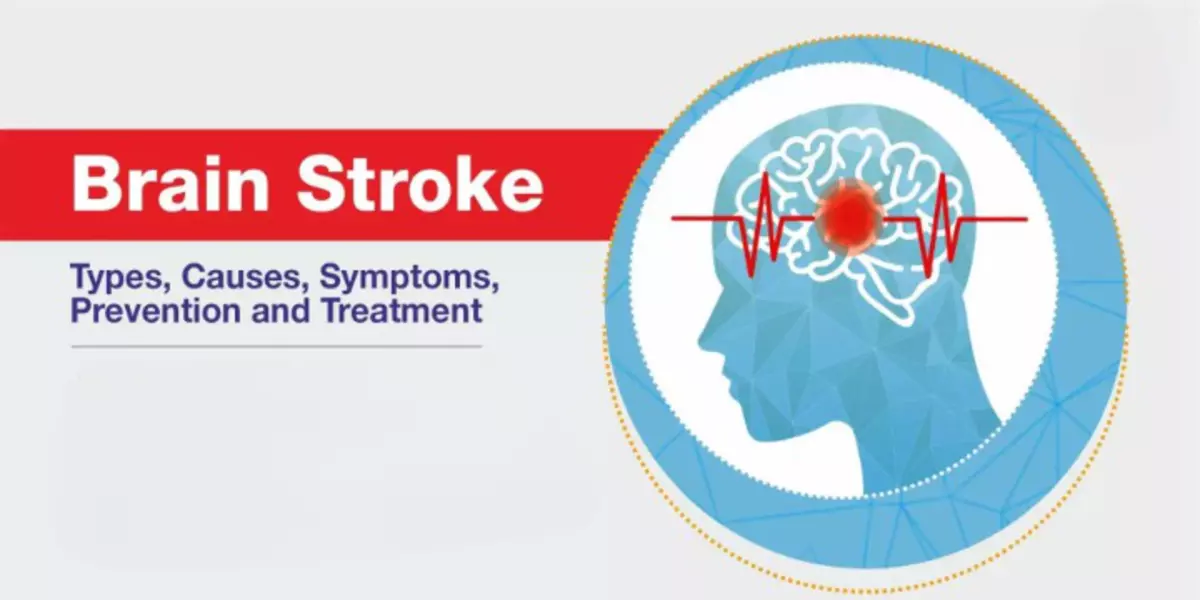[ez-toc]
Introduction
Stroke is a serious medical condition that occurs when there is a sudden interruption of blood flow to the brain, leading to brain cell damage and potentially long-term disability or even death.
While some risk factors for stroke, such as age and family history, cannot be changed, lifestyle modifications, including regular exercise, can significantly reduce the risk of stroke.
In this comprehensive guide, we will explore the importance of exercise in stroke prevention, discuss various effective workouts, and highlight lifestyle changes that promote brain health.
Exercise and Stroke Prevention
Regular exercise is a powerful tool in preventing stroke and promoting overall cardiovascular health. Engaging in physical activity has several beneficial effects on the body that contribute to stroke prevention:
- Lowering Blood Pressure: High blood pressure is a significant risk factor for stroke. Exercise helps reduce blood pressure, thus lowering the risk of stroke.
- Improving Cholesterol Levels: Regular physical activity can increase high-density lipoprotein (HDL) cholesterol levels, known as “good” cholesterol, while decreasing low-density lipoprotein (LDL) cholesterol levels, known as “bad” cholesterol. This balance contributes to a healthier cardiovascular system.
- Managing Diabetes: Exercise plays a role in managing diabetes, which is another risk factor for stroke. It improves insulin sensitivity and helps regulate blood sugar levels.
- Enhancing Circulation: Regular physical activity improves blood flow and circulation throughout the body, including the brain, promoting brain health and reducing the risk of stroke.
- Weight Management: Maintaining a healthy weight through exercise and a balanced diet reduces the strain on the heart and blood vessels, minimizing stroke risk.
Effective Workouts for Stroke Prevention
When it comes to stroke prevention, a combination of cardiovascular exercises, strength training, and flexibility exercises can be highly beneficial.
Here are some effective workouts to consider:
Cardiovascular exercises are activities that increase the heart rate and improve circulation. Aim for at least 150 minutes of moderate-intensity aerobic exercise or 75 minutes of vigorous-intensity aerobic exercise each week.
- Brisk Walking: Walking is a simple and accessible exercise that can be easily incorporated into daily routines.
- Cycling: Whether indoors on a stationary bike or outdoors on a bicycle, cycling provides excellent cardiovascular benefits.
- Swimming: Swimming is a low-impact exercise that works for multiple muscle groups while improving cardiovascular health.
- Strength Training
Strength training helps build muscle mass and strength, supporting overall physical function and cardiovascular health.
- Bodyweight Exercises: Exercises like squats, lunges, and push-ups can be done without the need for equipment.
- Resistance Band Workouts: Resistance bands offer a convenient and effective way to build strength.
- Flexibility Exercises
Flexibility exercises promote joint mobility and reduce the risk of injury. Consider incorporating stretching and activities like yoga or Pilates into your routine.
Also Read: Refuel Your Fitness Passion with This Best Motivation Strategy!
Lifestyle Changes for Brain Health
In addition to exercise, certain lifestyle changes can further reduce the risk of stroke and promote brain health:
- Maintain a Healthy Diet: Adopt a diet rich in fruits, vegetables, whole grains, lean proteins, and healthy fats. Reduce the intake of processed foods, sugary drinks, and excessive salt.
- Manage Stress: Chronic stress can contribute to stroke risk. Practice stress-reduction techniques such as meditation, deep breathing, or engaging in hobbies.
- Avoid Smoking: Smoking is a significant risk factor for stroke and other cardiovascular diseases. Quitting smoking can have a profound impact on reducing stroke risk.
- Limit Alcohol Consumption: Excessive alcohol consumption can raise blood pressure and increase stroke risk. Drink alcohol in moderation or avoid it altogether.
- Regular Health Check-ups: Schedule regular check-ups with your healthcare provider to monitor blood pressure, cholesterol levels, and overall health.
Conclusion
Regular exercise, combined with healthy lifestyle choices, is a powerful approach to preventing stroke and promoting brain health.
By engaging in cardiovascular exercises, strength training, and flexibility workouts, individuals can reduce risk factors and strengthen their cardiovascular system.
Adopting a balanced diet, managing stress, and avoiding harmful habits further support stroke prevention efforts.
Remember to consult with a healthcare provider before starting any exercise program, especially if you have pre-existing health conditions.
With commitment and dedication, exercise can be a valuable tool in safeguarding your brain health and overall well-being.

Great information learned a lot from this article “ thanks for sharing ♥️🌺🙏🏽
Dziękuję bardzo za artykuł . Przetłumaczyłam sobie po Polsku . Jestem po wielopoziomowym wylewie z wózka inwalickiego uciekłam ćwiczeniami , biofibbek . Życie z alkocholikiem to był stres , znęcanie, teraz po mikroudarze. Ale już sama i powoli znów wychodze. DZIĘKUJĘ ZA ĆWICZENIA WASZE POMOCNE BARDZO.❤❣❤🙏🙏